Aramcon Travel
ARAMCON TRAVEL: The Wild Atlantic Way
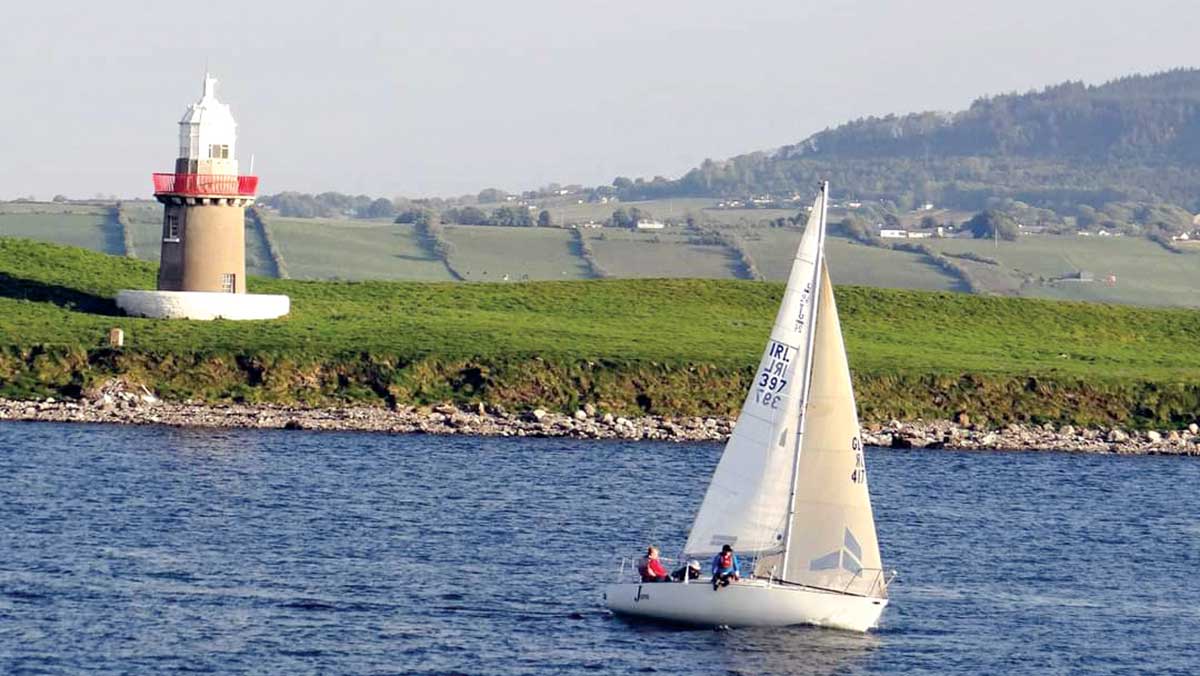
Global December 08, 2022 - By
Ireland’s rugged beauty calls to travelers from around the world.
The Irish County of Sligo sweeps inland from the tumults of the Atlantic Ocean about three quarters of the way north on the western coastline known as “The Wild Atlantic Way.”
The trees are in their autumn beauty, The woodland paths are dry, Under the October twilight the water mirrors a still sky.
— The Wild Swans at Coole, by William Butler Yeats
It is famed for its rugged beauty and was home to Ireland’s most celebrated poet, William Butler Yeats. This part of the country is known reverently as “Yeat’s Country,” and is where his final resting place can be found in a small churchyard at Drumcliffe under the watchful presence of Ben Bulben mountain, the most imposing feature of a landscape Yeat’s himself described as “savage.”
TOP TIP
When traveling the West Coast of Ireland, it is useful to maybe consider more than one trip, starting far south in County Cork and choosing your stops along a manageable stretch of the coastline, before returning to complete the tour. There is a lot to see!
Jutting out into the ocean, just outside Sligo town, is the village of Rosses Point, which also lends its name to the surrounding peninsula.
Here you can watch sailboats negotiate the narrow channel between Rosses Point and Oyster Island.
Reminders of the perils of the unforgiving Atlantic are everywhere to be seen, the Oyster Island lighthouse guiding seafarers into Sligo Bay, and the curious Metal Man lighthouse, a 12-ft high structure that has been presiding over these tricky waters since 1821.
The “Waiting on Shore” monument, appropriately situated near the RNLI lifeboat station, depicts a woman holding her arms out to the sea. It bears testimony to the suffering of the families of seafarers lost at sea down the centuries.
There is an expansive beach and golf course with Ben Bulben providing a rugged, and imposing backdrop.
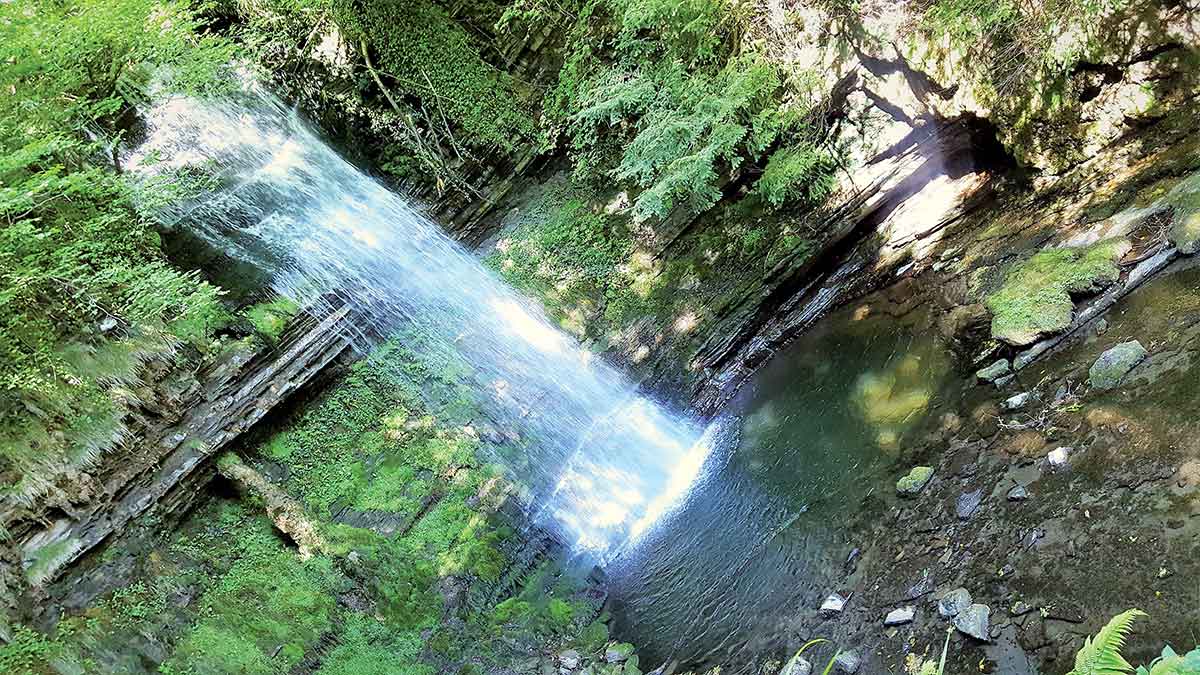
Just a short trip inland, you will find the mesmerizing Glencar Waterfall, that cascades from a mountainous landscape. The waterfall naturally found its way into the Yeats canon, most notably in the poem “The Stolen Child.”
The landscape reference points in most of Yate’s poetry can be found in County Sligo, from the Rosses, to the stately Lisadell House and gardens, in which Yeats spent much time, and the Lake Isle of Innisfree.
Food and music
Like much of the West Coast of Ireland, if seafood is your thing, then Sligo will impress. Restaurants make the most of the fare from the Atlantic, hauled in by boats, and fresh each day. Seafood chowder is a must try, and you will find quality oysters in most eateries.
Sligo town is a renowned center for Irish cultural music, and you can find both organized and impromptu traditional sessions in venues dotted around the town.
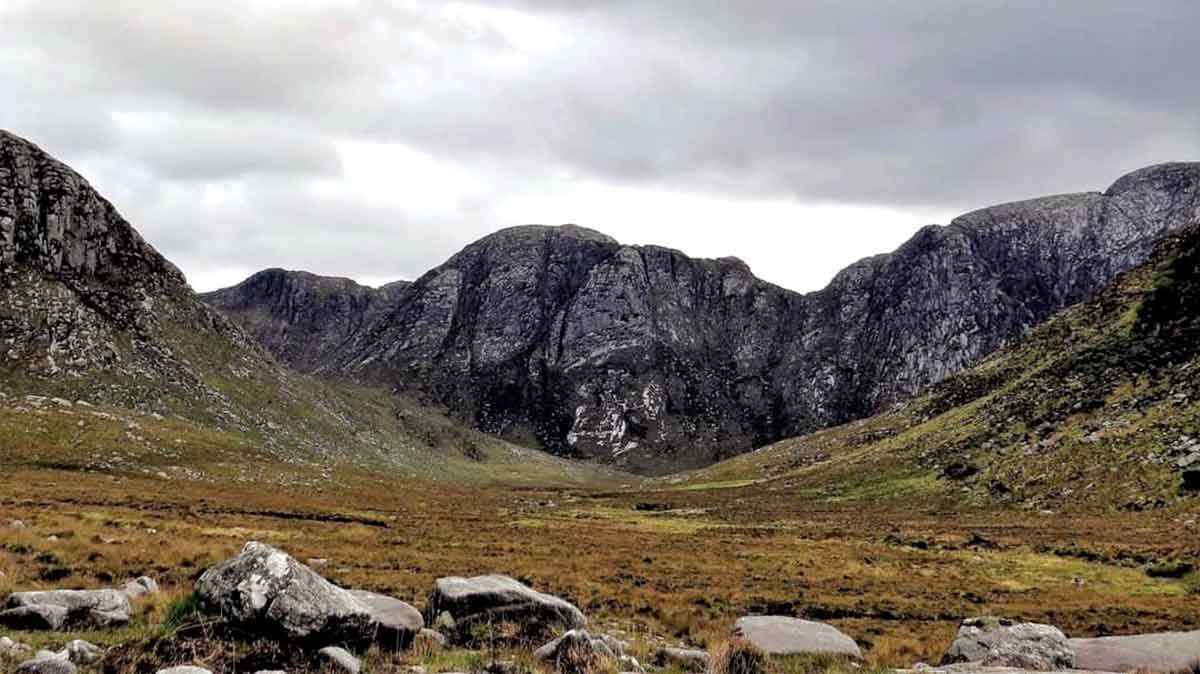
The Poison Glen and wild Gweedore
Further up the coastline, and crossing into County Donegal, take in the wild charm of Gweedore, which is home to Ireland’s largest Irish speaking community. The district is home also to Donegal’s highest peak, the hulking Mount Errigle.
The small towns of Bunbeg and Derrybeg literally run into each other along the coastline and there are venues that host Irish traditional music sessions. The area is marked by its unspoiled beauty, and there are good options for places to stay.
At the foot of Errigle lies the eternal eerie mystery of the fabled Poison Glen, a valley steeped in legend, and which features an abandoned — almost spectral — church at its entrance at Dunlewy. It is a popular destination for hikers from across the world.
According to legend, the ice-carved hollow of the Poisoned Glen got its name when the ancient one-eyed giant king of Tory, Balor, was killed here by his exiled grandson, Lughaidh, whereupon the poison from his eye split the rock and poisoned the glen.
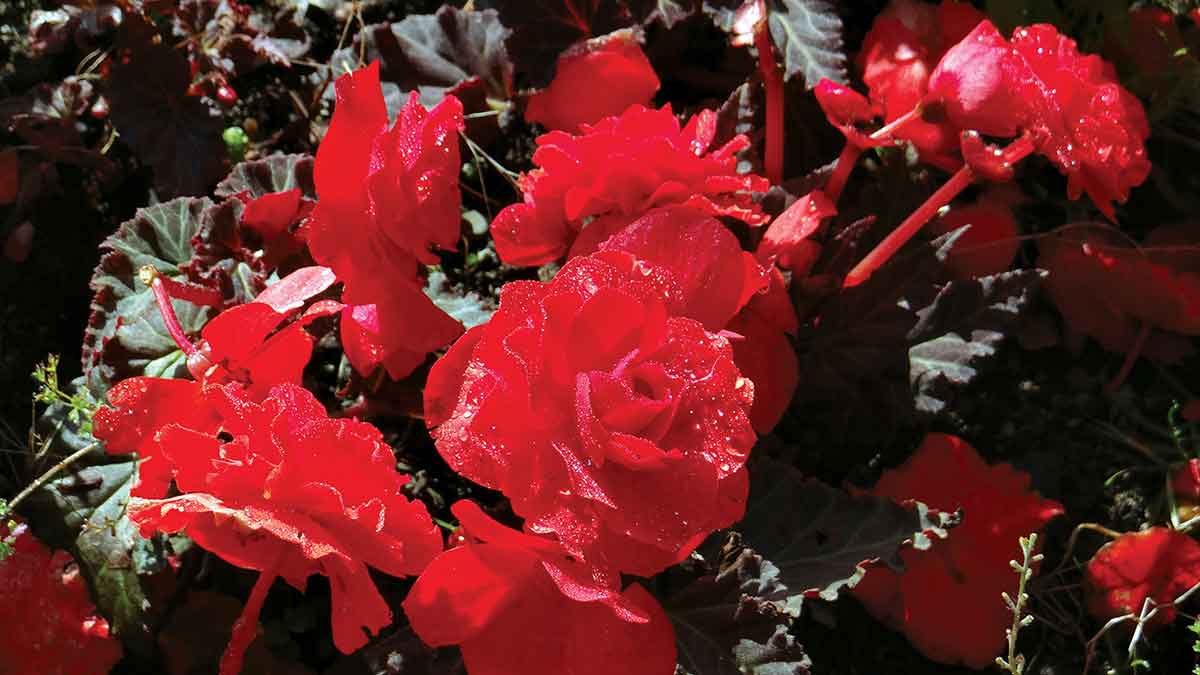
Crossing the border to Derry
The drive north to my home town, the city of Derry, passes through some stunning scenery before reaching the border between the Irish Republic and Northern Ireland.
Derry sits in the valley of the River Foyle, just inside the Northern Irish border. It is the second biggest city in Northern Ireland after Belfast.
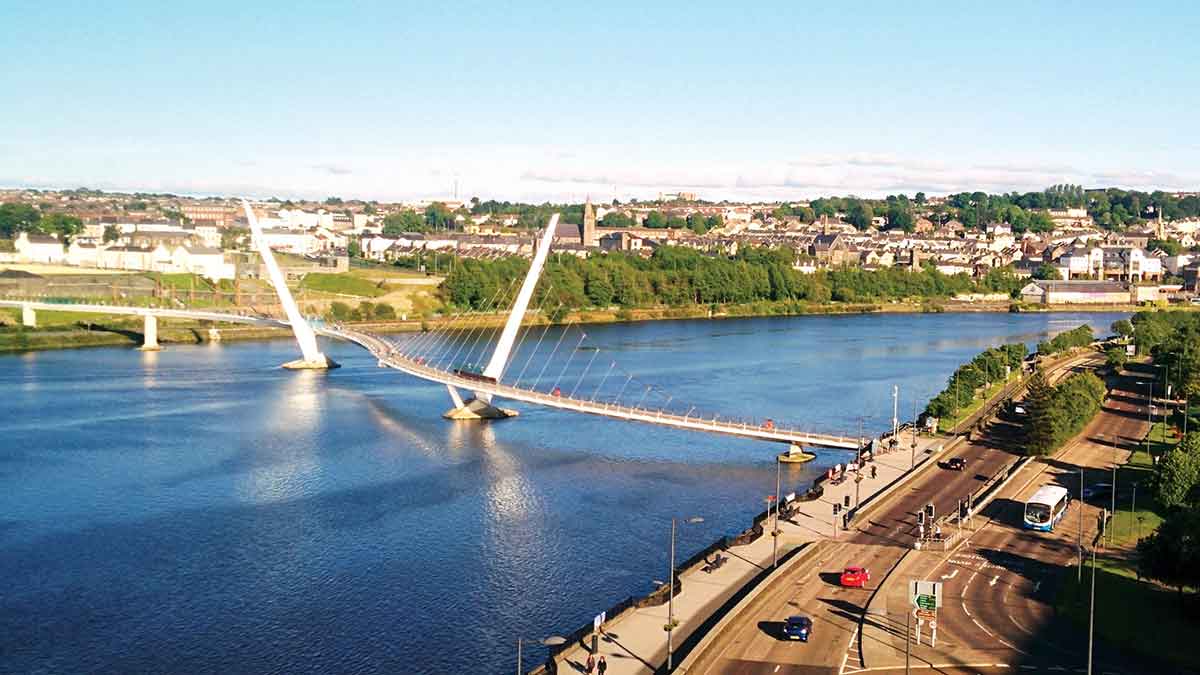
Split in two by the River Foyle, the city has three crossing points — two major road bridges — and a pedestrian bridge, known as “The Peace Bridge” linking the east and west banks of the city.
Derry has known much political and civil turmoil from the late 1960s until the signing of the Good Friday Agreement in 1998; an agreement that brought an end to a conflict that had become known as the “Troubles.”
There are tours available for those interested in the political backdrop to this vibrant city, which in recent years has significantly upped its tourist offering. The old inner city is ringed by high stone walls, built during the period 1613-1618.
They became the defensive ramparts of the city during the Siege of Derry in 1689, the first major clash in what was known as the Williamite War. A series of gates link the old city to the urban areas of the city.
A great standard of restaurants abound, and it is easy to cross into the Irish Republic and take in the delights of the Celtic ringfort, Gianna of Aileach, just on the edge of the city and from which you can see seven Irish counties.
In terms of food and music, high-end restaurants abound in Derry, as well as some interesting street food options along the Foyle. The city cemetery on the west bank is worth a visit as an example of a Victorian era garden cemetery. Tours are available of this historic burial ground, which is set on a steep hill in the Creggan area of the city.
At its bottom entrance there is a garden that boasts a variety of blooms in spring and summer.



